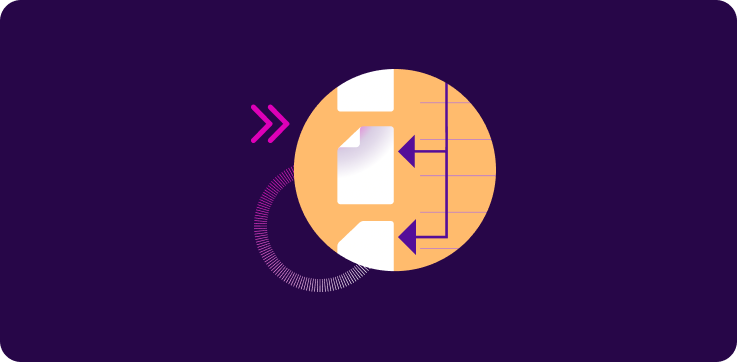
The time to move from a legacy on-premises Quality Management System (QMS) to a modern, cloud-based SaaS solution is here. Many vendors are sunsetting their on-premises solutions, leaving businesses with outdated and unsupported systems.
A successful migration requires careful planning and execution to prevent disruption to business processes and to keep quality and compliance top of mind.
This article outlines the key steps for a smooth transition.
1. Assess Your Current System
The first step is to identify the pain points and limitations in your existing QMS. Document the specific challenges your organization faces, such as scalability limits, compliance gaps, or security risks. Understanding the inefficiencies of your on-premises system, from high maintenance costs to siloed modules, will build the case for the move and inform your requirements for a new solution.
2. Define Your Requirements
Next, outline the features and functionalities your organization needs in a new SaaS-based eQMS. This includes listing your specific needs for regulatory compliance and any necessary integration capabilities. Prioritizing your requirements will help you find a solution that aligns with your business goals and quality management needs. Be mindful of the challenges of legacy systems, such as outdated user interfaces that can slow adoption among employees.
3. Evaluate Providers Carefully
Once you have your requirements, you can research and compare SaaS vendors. It is important to be mindful of “cloudwashing,” where a provider’s cloud solution is simply a repackaging of an existing on-premises system. This “lift-and-shift” approach can result in a SaaS solution that carries over the same rigid architecture and functional limitations of the old system. Look for a true cloud-native platform that offers configurable workflows and has a team that provides migration support.
4. Plan the Migration
Develop a phased implementation plan to transition workflows, migrate data, and train your teams. Breaking the project into manageable phases helps to minimize disruption to your daily operations. A well-defined plan is a critical part of a successful change. Organizations must invest time and resources to ensure a successful transition.
Learn More from Our Experts
These steps provide a framework for your migration. For a deeper discussion on how to manage this transition effectively, register for our upcoming webinar.
This free webinar on Monday, September 29th, will provide a roadmap for moving from an on-premises system to a modern SaaS-based eQMS with confidence.



